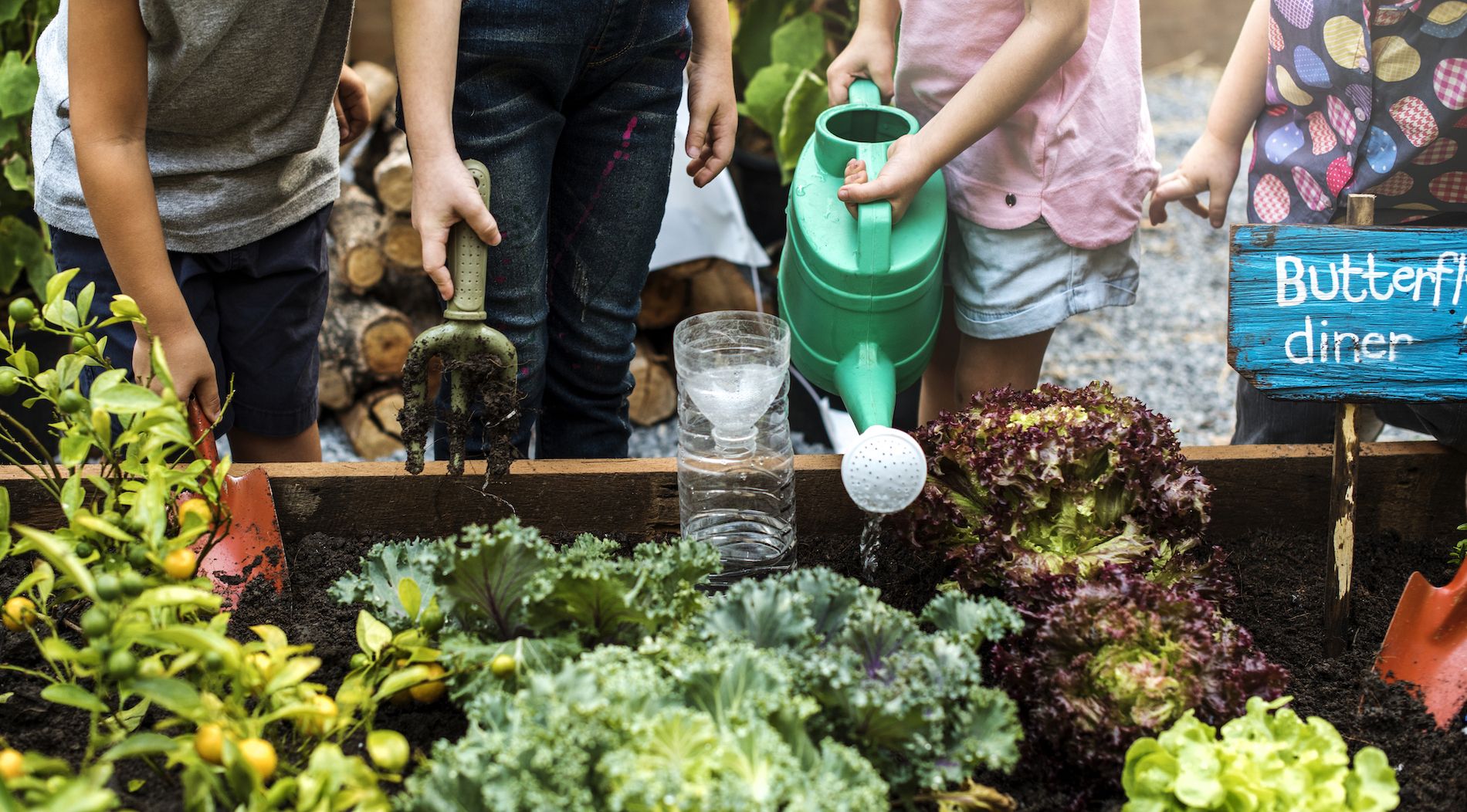The following resources can help you deepen and expand your evaluation efforts. These are examples of how to create evaluation efforts that contribute to more just and inclusive programs, partnerships, and communities.
Explore Resources
Image

Tracking Program Activities
Track program activities to monitor the degree to which activities are implemented as intended.
Image

Identify Outcomes
Identify outcome and information collection methods that honor your specific programs, projects, and local context.
Image

Lessons Learned
Share your story so others can learn from your work, and you can gain new insights from the work of others.
Methods Library
Explore methods for collecting information used by environmental education practitioners and evaluators. Consider them to inspire customized approaches and goals best suited to your program’s unique context.
